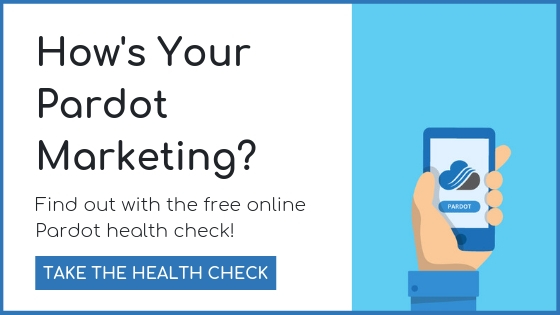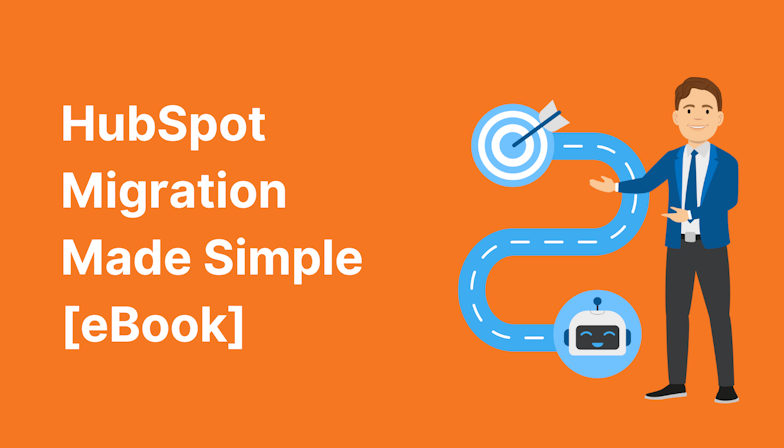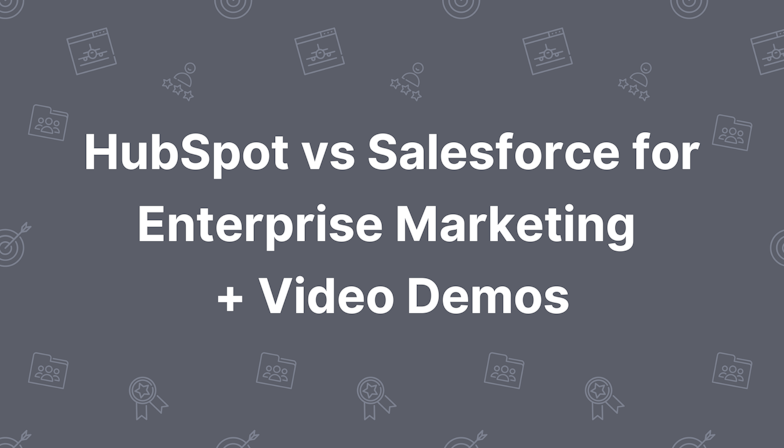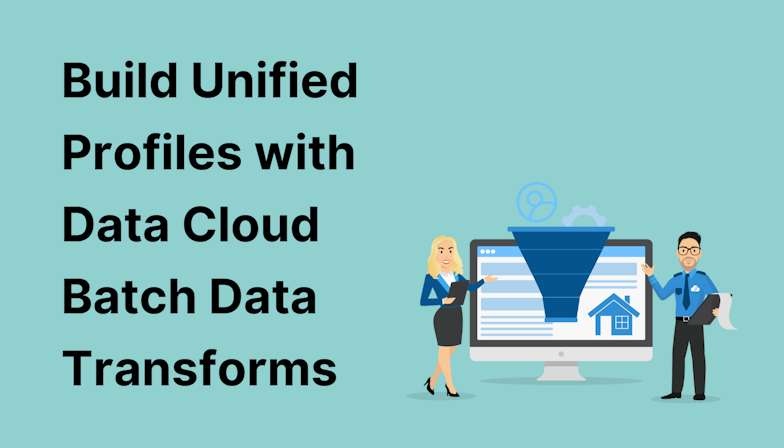This blog was written before Pardot was renamed to Marketing Cloud Account Engagement. You can read more about the name change and what it means here.
Pardot’s Engagement Studio is arguably one of the best features on the platform as it enables you to automate full customer journeys from lead generation all the way through to customer onboarding and upsell.
The visual canvas makes building these complex programs easy and allows marketing teams to really grasp the context of how they’re treating their potential customers. Using a combination of Rules, Actions and Triggers, you’ll be able to tailor the customer journey to your exact requirements and execute great Pardot lead nurturing.
This article looks at the marketing methodology behind the Pardot Engagement Studio and how you can use this tool to send the right message to the right people at the right time.
First things first, you need a plan (and an objective!)
Before approaching the Engagement Studio, you need to know what you’re trying to achieve, what is your objective? Is your program going to purely operational so you can automate an arduous manual task, is it a program that will notify marketing/sales users when a particular action needs to happen or is it to nurture prospects, generate leads and make sales?
It’s a sandbox, which means it’s left wide open enough for you to have too much freedom and go off on a tangent. Hence why you really need to think about what you’re trying to achieve and work solely towards that goal.
Below is an excellent graphic produced by Pardot which focuses on content stages, an indicator as to how sales ready your prospects are. Working in alignment with this framework keeps you razor focussed as you’ll be able to work out who your hottest leads are based on the types of content they are downloading. Let’s say a prospect looks at a few blogs and downloads your latest whitepaper (Stage 1), this prospect is probably going to respond better to a slow lead nurturing program that sends top level, generic content that sells the benefits of using your (not you specifically) solution.
However, if a prospect downloads some product guides and starts to look at customer reviews (Stage 3), you can bet that they’re interested (in you specifically) and are almost ready to buy. In this case, an accelerated Engagement Studio would be appropriate where there are more emails, more frequently and focus on signing up/purchasing.
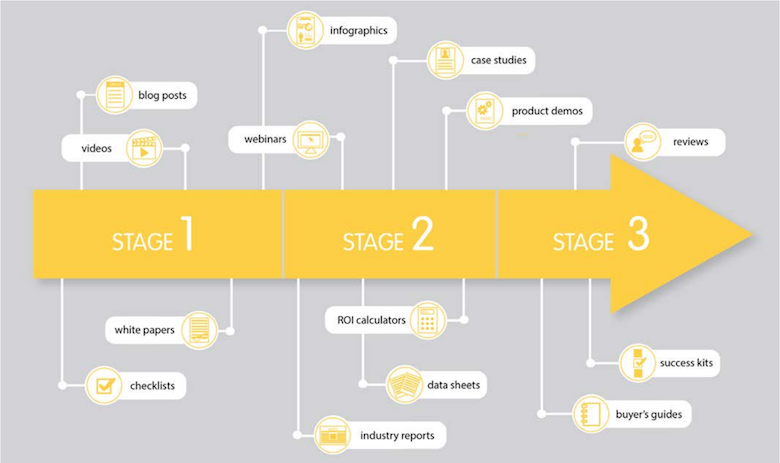
Image Credit: Pardot
The objective of Pardot lead nurturing as shown above is clear, to push prospects from each stage to the next and ultimately make more sales. This is part of the Send the right message at the right time’, through progressive profiling you’ll need to work out if they’re the right people.
I mentioned that not all Engagement Studio’s need to be email based and can be operational. The objective here might be to save time or to standardise a particular process. It’s hard to generalise this as every business is different, but an example might be related to leads that were previously lost. When a prospect starts to become active after a period of activity, you might want to put them into an Engagement Studio that notifies their assigned user, adds them to a Salesforce campaign and creates a Salesforce task for them to be called. If the salesperson hasn’t had chance to call them after X amount of days, then marketing can be notified and the next steps can be decided.
Here’s some questions to ask yourself before planning an Engagement Studio program:
What is my Goal? E.g Nurture New Leads
Who will be part of this program? E.g a dynamic list of newly created prospects
What content do I need to drive this program? E.g Stage 1 content - 2 x blogs, 1 x video & 1 x whitepaper
What behaviour/event will trigger an exit from the program? E.g 100 points & Grade >B
What happens to prospects if they do not convert by the end of the program? E.g they’re tagged and pulled into a disengaged nurture program
A goal without a plan is just a wish. Start mapping.
Now you’ve got your great idea which will *Insert objective here*, you need to start designing your program. Some people go straight in and add placeholders in the Engagement Studio, building as they go. I’d advise against this because it can be quite time-consuming as it grows and when it comes to testing, you can get a bit lost in all of the amends.
I highly recommend using a tool called LucidChart for mapping out your programs. Why? Because it’s badass for this kind of thing. You can make as many amends as you need in a really clean, easy way.
Once you’ve mapped your final version, which includes a finalised list of all content you’ll need, you can start to build.
If you build it, they will convert
Once you’ve finalised your plan using LucidChart, you can start to build the logic into Pardot, creating the email templates needed for the program, pulling together content and landing pages and so on… Before you know it you’ll have a well thought out and comprehensive marketing campaign framework that addresses the core objective that you specified in the beginning.
This piece of work is a foundation that you can keep coming back to and building upon. Where the framework is in place, you can focus on creating better content, more bespoke messaging using dynamic content, A/B testing subject lines/images/GIF’s, essentially optimising the hell out of it!
The opportunities are endless and you’ll soon see in your own Pardot account why automation really is the future of marketing.

Tom Ryan
Founder & CEO of MarCloud, Tom has been on both sides of the fence, client-side and agency, working with Salesforce platforms for the best part of a decade. He's a Salesforce Marketing Champion and certified consultant who loves to co-host webinars and pen original guides and articles. A regular contributor to online business and marketing publications, he's passionate about marketing automation and, along with the team, is rapidly making MarCloud the go-to place for Marketing Cloud and Salesforce expertise. He unapologetically uses the terms Pardot, Account Engagement and MCAE interchangeably.
More by Tom RyanFeatured resource
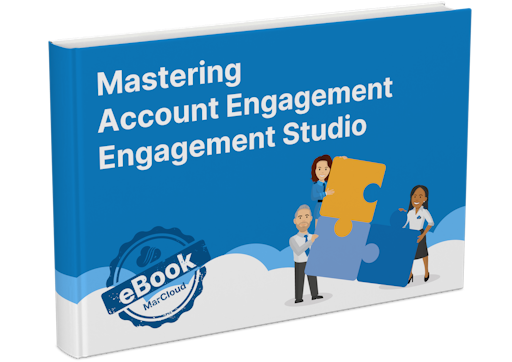
Mastering Pardot Engagement Studio
Want to become a master user of Engagement Studio? We’ve saved you the blood, sweat and tears of learning how to make the most of Engagement Studio so you can jump right in and start building logical, effective engagement programs faster.
Download now